Grain Belt Express has announced a proposed plan to increase the project's delivery capacity for Kansas and Missouri consumers.
Grain Belt Express will be seeking regulatory approval for this plan...
What other silly things does this letter say?
Increased Local Delivery to Kansas and Missouri
As you may be aware from recent news, Grain Belt Express has announced a proposed plan to increase the project's delivery capacity for Kansas and Missouri consumers. For many years before lnvenergy Transmission acquired the project, local stakeholders called for more of Grain Belt's power to be delivered locally. This plan makes sense as demand for clean energy has grown in Kansas and Missouri. For the first time, this would open the option for Kansans to benefit from energy produced in-state, and in Missouri, it would expand access beyond the 39 communities across the state that are already contracted to receive service from the line.
Under this plan, up to 2,500 megawatts of Grain Belt's 4,000-megawatt capacity would be delivered to Kansas and Missouri consumers, who would see up to $7 billion in energy cost savings over 20 years. This requires expanding the already-approved converter station in northeast Missouri, which would double the overall economic investment in Missouri to approximately $1 billion.
And the logic here is even worse... "local" delivery to Kansas would be effected by shipping power from Kansas to Missouri, and then back to Kansas? Does Invenergy know how stupid that sounds? Local delivery of power to Kansas would be most efficiently done on existing transmission. You don't need GBE for that.
Another problem with this "plan" is that GBE is a merchant transmission project (at least according to its current permits) that would negotiate service with voluntary customers. If the "local" customers don't sign up for service, they receive none of it. The customers of GBE would be distribution utilities that in turn sell electric service to retail customers. There is no new "option" for Kansans to sign up for service individually. They are captive consumers of whatever their electric provider decides to to, and GBE has not revealed any voluntary wholesale customers, aside from a few municipalities who purchased "up to" 250MW of service (which is half of what was originally offered by GBE). Where's the customers, Invenergy?
Expanding the converter station? Has that been approved by the regional grid operator? The grid operator must engage in numerous studies to determine how much power may be injected into the existing transmission grid by GBE. Changing 500 MW to 2500 MW is going to be a significant increase in power. It's going to require certain changes and upgrades to the existing grid, and Invenergy is going to have to pay for them all. Perhaps Invenergy is planning to inject its power elsewhere on the grid? The feasibility of expanding the converter station has not been made public.
Grain Belt Express will be seeking regulatory approval for this plan, which would also allow for project construction to proceed prior to approval in Illinois. In the meantime, as the proposed changes do not affect the approved route, project development activities are proceeding based on existing regulatory approvals.
In Kansas and Missouri, Grain Belt has moved from monopole to steel lattice structures, resulting in more compensation for landowners per structure.
Grain Belt Express, along with its land partner, Contract Land Staff ("CLS"), is in active dialogue with landowners along the route as our team continues to sign voluntary easements in Kansas and Missouri. Thank you to those who have signed agreements to date. We value open conversations with landowners and landowners' attorneys to provide timely, accurate, and useful information that will allow you to make the best decisions regarding your land.
Our goal is to secure all easements voluntarily and to make informed facility design decisions
related to your property. That is possible only with open communication. If we have attempted to contact you and we have not yet reached you or your legal representative, please contact your CLS representative at your earliest convenience.
And then there's this. I laughed so hard I gagged... and almost threw up. Positive Energy? Didn't the wheels fall off that when Invenergy rolled it out? Who hasn't read all about it?
Positive Energy: Pass it Along
Finally, 2020 has brought some significant challenges to the world. We believe that Positive Energy is needed now more than ever. Grain Belt will bring affordable power for families and businesses, jobs for workers, and local investment in school districts, and public services - that's positive energy. With everything going on in 2020, we want to pass along positive energy to you, and hope you do the same. These days we all need it.


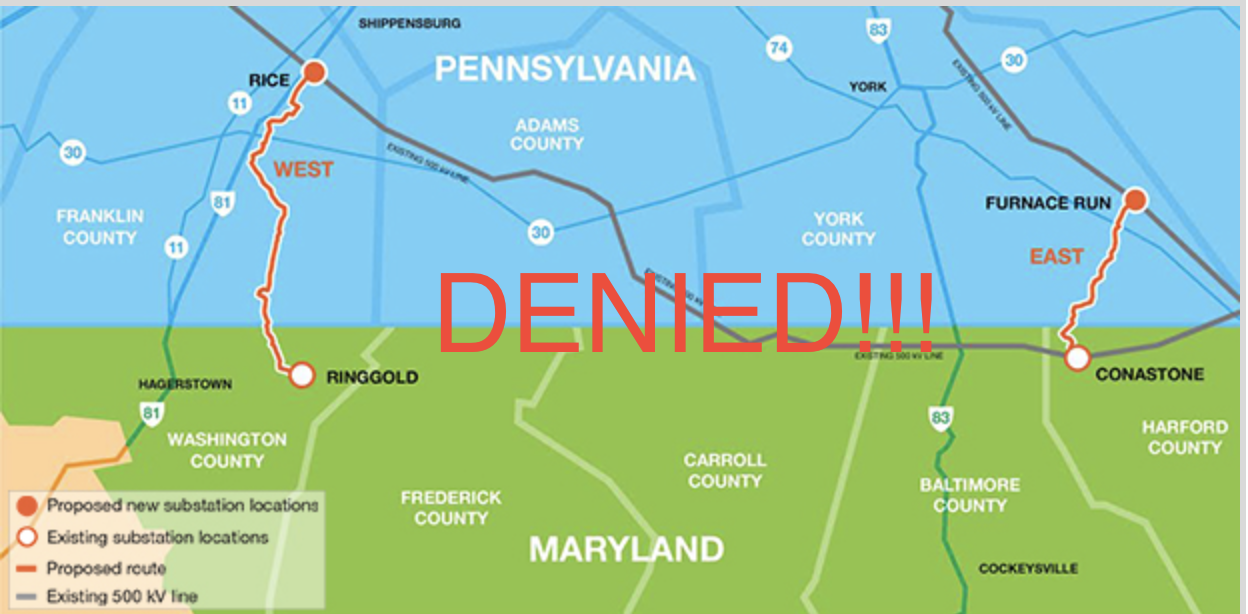
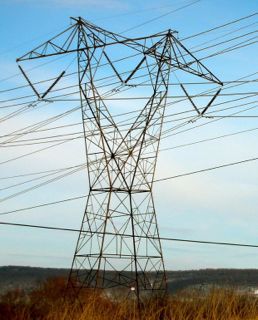
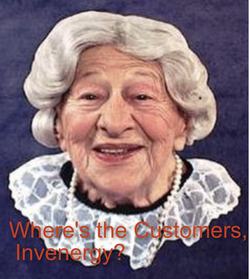
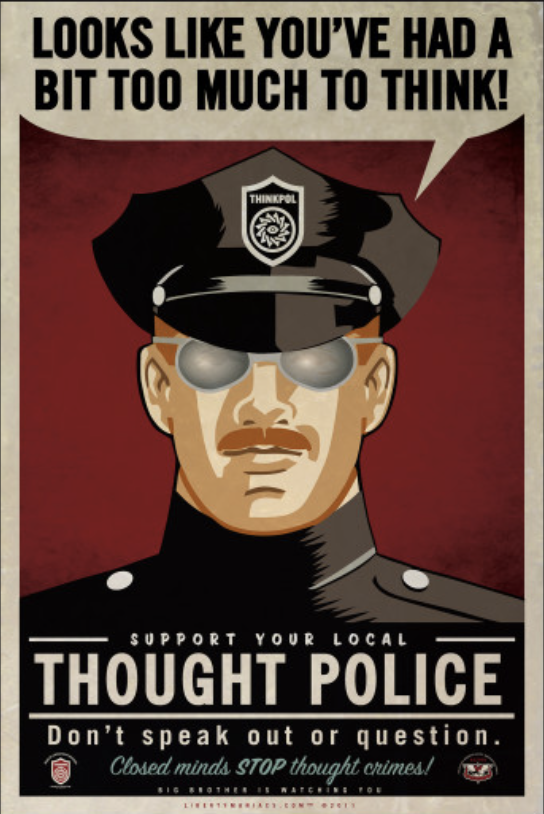
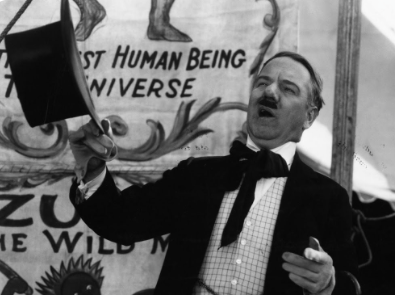
 RSS Feed
RSS Feed